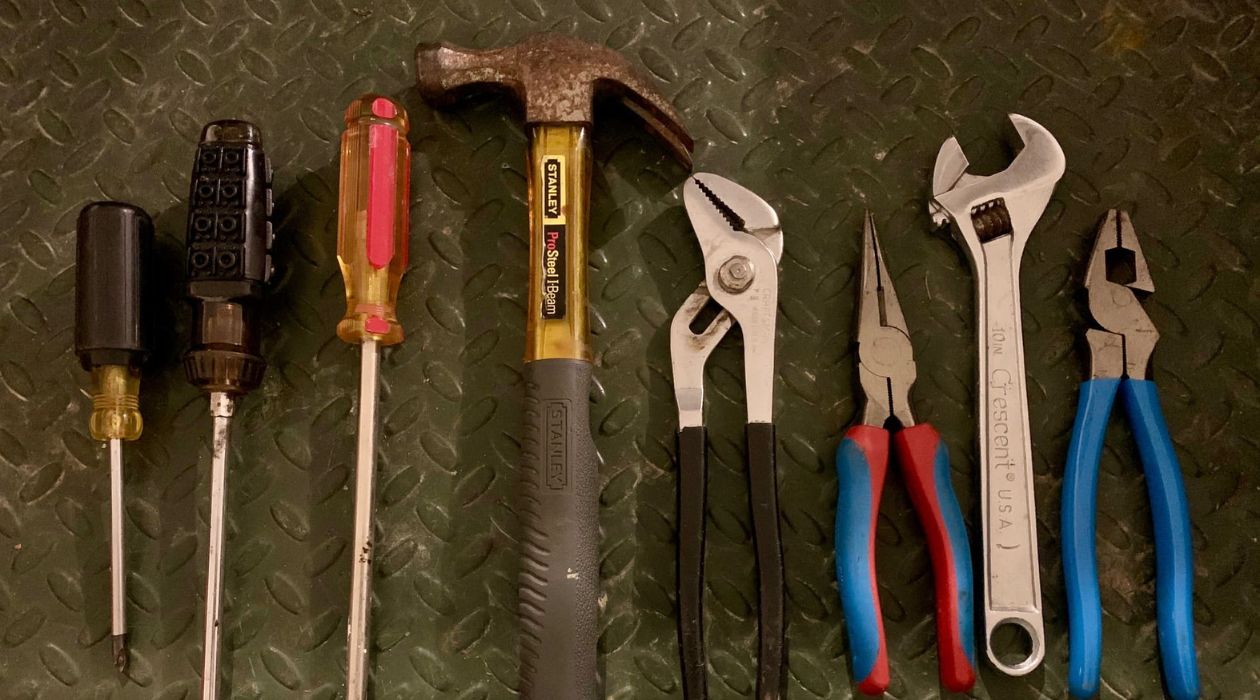

Articles
How To Learn About Hand Tools
Modified: January 22, 2024
Discover the best articles on how to learn about hand tools. Improve your skills and knowledge with informative content on hand tools and their usage.
(Many of the links in this article redirect to a specific reviewed product. Your purchase of these products through affiliate links helps to generate commission for Storables.com, at no extra cost. Learn more)
Introduction
Welcome to the fascinating world of hand tools! Whether you are a seasoned DIY enthusiast or just starting out with your craft, learning about hand tools is crucial to your success. While power tools may have their advantages, hand tools offer a level of precision, control, and versatility that is unmatched. They are not only essential for woodworking, but also for various other projects like home repairs, gardening, and crafts.
In this article, we will explore the different types of hand tools, their uses, and how to properly maintain them. We’ll also provide tips on building a hand tool collection on a budget and share resources for further learning. So, let’s dive in and discover the amazing world of hand tools!
Key Takeaways:
- Embrace the world of hand tools for precision, control, and versatility in woodworking and DIY projects. Learn about essential tools, maintenance, and budget-friendly collection building to unleash your creativity.
- Explore advanced techniques and projects with hand tools, from joinery and carving to inlay work and instrument crafting. Utilize online resources to expand your skills and create remarkable craftsmanship.
Read more: Learn How To Wood Work With Hand Tools
Understanding the Different Types of Hand Tools
Hand tools come in a wide variety of shapes, sizes, and purposes. Understanding the different types of hand tools is essential for knowing which tool to use for a specific task. Here are some of the most common hand tools you’ll come across:
- Screwdrivers: Screwdrivers are used to tighten or loosen screws. They come in various types, such as flathead, Phillips, and Torx, each designed to fit different screw heads.
- Wrenches: Wrenches are used to tighten or loosen nuts and bolts. Adjustable wrenches, combination wrenches, and socket wrenches are some of the commonly used types.
- Pliers: Pliers are versatile tools that can be used for gripping, cutting, and bending. They come in various styles, including needle-nose pliers, slip-joint pliers, and cutting pliers.
- Hammers: Hammers are essential tools for driving nails, removing nails, and shaping metal. Claw hammers, ball-peen hammers, and rubber mallets are some of the popular types.
- Saws: Saws are used for cutting through wood, metal, or other materials. Hand saws, back saws, and coping saws are commonly used hand saws.
- Chisels: Chisels are used for shaping and cutting wood or metal. They have a sharp cutting edge and come in different widths and styles, such as bench chisels and mortise chisels.
- Files: Files are used for shaping, smoothing, and removing material. They come in various shapes, including flat files, round files, and half-round files.
- Measuring Tools: Measuring tools, such as tape measures, rulers, and calipers, are used for accurately measuring lengths, angles, and dimensions.
- Clamps: Clamps are used to hold pieces of material together securely during glue-ups, assembling, or drying. Different types of clamps include bar clamps, spring clamps, and C-clamps.
- Sanding Tools: Sanding tools, such as sandpaper, sanding blocks, and sanding sponges, are used for smoothing surfaces and preparing them for finishing.
These are just a few examples of the many hand tools available. Each tool has its own unique purpose and application. It’s important to have a basic understanding of these tools to effectively use them in your projects.
Essential Hand Tools for Beginners
As a beginner, it can be overwhelming to know which hand tools are essential for your toolkit. While you may eventually expand your collection, starting with a few key tools will set you up for success. Here are some essential hand tools every beginner should have:
- Measuring Tape: A reliable measuring tape is essential for accurately measuring materials and dimensions. Look for one with both imperial and metric measurements.
- Screwdriver Set: Invest in a quality screwdriver set with various sizes and types of screwdrivers, including flathead and Phillips. This will cover most of your screw-driving needs.
- Adjustable Wrench: An adjustable wrench allows you to tighten or loosen nuts and bolts of different sizes. Aim for one that can handle a wide range of sizes.
- Claw Hammer: A claw hammer is a versatile tool for driving nails and removing them. Look for one with a comfortable grip and a claw that can easily grip and pull out nails.
- Utility Knife: A utility knife is handy for various tasks like cutting materials, scoring surfaces, and opening packages. Look for one with a retractable blade for safety.
- Pliers: A set of pliers, including needle-nose pliers and slip-joint pliers, will come in handy for gripping, cutting, and bending wires or small objects.
- Level: A level is essential for ensuring your projects are straight and level. Look for a spirit level with both horizontal and vertical vials for accurate measurements.
- Chisel Set: A set of chisels will allow you to shape and carve wood or metal. Start with a few different sizes and invest in a sharpening stone to keep them sharp.
- Saw: A good-quality hand saw, such as a crosscut saw or a panel saw, will allow you to make straight cuts in wood or other materials.
- Abrasive Tools: Sandpaper, sanding blocks, and a sanding sponge are essential for smoothing rough surfaces and preparing them for finishing.
These tools will give you a solid foundation for many DIY projects. As you gain experience and take on more complex tasks, you can gradually expand your collection. Remember, investing in quality tools will save you time and frustration in the long run.
Exploring Different Hand Tool Brands
When it comes to hand tools, choosing the right brand can make a significant difference in the quality and performance of your tools. Here are some renowned hand tool brands that are known for their reliability and durability:
- Stanley: Stanley is a well-known brand that offers a wide range of hand tools, including screwdrivers, wrenches, hammers, and measuring tools. They are known for their high-quality construction and ergonomic designs.
- Craftsman: Craftsman tools have been a staple in many workshops for decades. They offer a comprehensive selection of hand tools, known for their durability and innovative features. Craftsman is particularly popular for their wrenches, socket sets, and ratchets.
- DeWalt: DeWalt is a reputable brand known for its power tools, but they also produce top-quality hand tools. Their hand tool lineup includes hammers, screwdrivers, and wrenches, all designed with durability and comfort in mind.
- Klein Tools: Klein Tools specializes in electrical and plumbing hand tools. They are widely trusted by professionals for their precision, durability, and safety features. If you work with electrical wiring or plumbing systems, consider investing in Klein Tools.
- Irwin Tools: Irwin Tools is known for its wide range of hand tools, including pliers, wrenches, and saws. They are recognized for their innovative designs and high-quality materials, making them a popular choice among professionals and DIYers alike.
- Wiha: Wiha is a German brand that produces top-quality precision hand tools. They are known for their screwdrivers, pliers, and hex keys. Wiha tools are highly regarded for their precision and ergonomic designs.
- Channellock: Channellock is a well-respected brand specializing in pliers and cutting tools. They offer a wide variety of tongue-and-groove pliers, lineman’s pliers, and diagonal cutting pliers. Channellock tools are known for their durability and long-lasting performance.
- Wera: Wera is a brand that focuses on screwdrivers and driver bits. Their tools are known for their innovative designs, ergonomic handles, and excellent grip. If you frequently work with screws, Wera tools are worth considering.
- Bahco: Bahco is a Swedish brand that manufactures a wide range of hand tools, including saws, wrenches, and socket sets. They are highly regarded for their high-quality steel blades and comfortable handles.
- Estwing: Estwing is renowned for its line of hammers and striking tools. Their hammers are known for their balance, power, and durability. Whether you need a framing hammer or a ball-peen hammer, Estwing offers reliable options.
It’s worth noting that there are many other reputable hand tool brands out there. When choosing a brand, consider your specific needs, the type of tools you require, and your budget. It’s always a good idea to do some research, read customer reviews, and compare the features and warranties offered by different brands.
Learning the Proper Use and Maintenance of Hand Tools
Knowing how to properly use and maintain your hand tools is essential for ensuring their longevity and getting the best results in your projects. Here are some important tips to keep in mind:
1. Read the Instructions: Before using any hand tool, take the time to read the manufacturer’s instructions and safety guidelines. This will help you understand the proper way to use the tool and any specific precautions you need to take.
2. Use the Right Tool for the Job: Each hand tool is designed for specific tasks. Using the wrong tool can lead to damage and accidents. Familiarize yourself with the purpose and capabilities of each tool, and use the appropriate tool for the task at hand.
3. Handle Tools with Care: Treat your hand tools with respect and handle them with care. Avoid dropping them or exposing them to excessive force. Inspect your tools regularly for any signs of wear or damage, and replace or repair them as needed.
4. Practice Proper Technique: Using hand tools with the correct technique not only ensures safety but also improves the effectiveness of the tool. Whether it’s holding a screwdriver correctly, gripping a hammer, or using pliers, practice proper technique to maximize control and minimize the risk of injury.
5. Keep Tools Clean and Dry: After each use, clean your hand tools to remove any dirt, debris, or rust. Use a soft cloth or brush to wipe them down, and consider using a rust inhibitor to prevent corrosion. Keep your tools in a dry and well-ventilated area to avoid moisture damage.
6. Regularly Sharpen Blades and Cutting Edges: Dull blades and cutting edges not only reduce the effectiveness of your hand tools but can also increase the risk of accidents due to slips. Regularly sharpen blades and cutting edges using the appropriate tools, such as sharpening stones or files, to maintain optimal performance.
7. Store Tools Properly: Proper storage is essential to keep your hand tools organized and in good condition. Use toolboxes, cabinets, or wall-mounted racks to store your tools securely. Avoid exposing them to extreme temperatures or prolonged exposure to sunlight, which can cause damage.
8. Wear Personal Protective Equipment (PPE): When using hand tools, wear the appropriate personal protective equipment, such as safety glasses, gloves, and ear protection. This will help protect you from any potential hazards or flying debris.
9. Seek Knowledge and Training: Take advantage of resources, such as books, online tutorials, or workshops, to learn more about the proper use and maintenance of specific hand tools. Consider joining a local woodworking or DIY club to gain hands-on experience and learn from experienced individuals.
By following these tips, you will not only prolong the lifespan of your hand tools but also ensure your safety and achieve better results in your projects. Remember, a well-maintained and properly used tool is a reliable tool!
When learning about hand tools, start by familiarizing yourself with the basic tools such as hammers, screwdrivers, and pliers. Learn about their uses, maintenance, and safety precautions. Practice using them on simple projects to build your skills.
Read more: How To Learn About Interior Design
Building a Hand Tool Collection on a Budget
Building a hand tool collection doesn’t have to break the bank. With some smart choices and strategic shopping, you can acquire a variety of essential hand tools without emptying your wallet. Here are some tips for building a hand tool collection on a budget:
1. Set a Budget: Before you start shopping, determine how much you are willing to spend on your hand tools. Having a budget in mind will help you prioritize your purchases and make informed decisions.
2. Focus on Essentials: Start by acquiring the essential hand tools that you are most likely to use frequently. Screwdrivers, pliers, a hammer, a tape measure, and an adjustable wrench are typically considered essential tools. As you gain experience and take on more projects, you can gradually expand your collection.
3. Consider Used Tools: Look for quality used hand tools. Visit yard sales, flea markets, or online classifieds to find people selling their used tools at a fraction of the cost. Just make sure to inspect the tools carefully for any signs of damage or excessive wear before purchasing.
4. Shop for Deals and Discounts: Keep an eye out for sales, promotions, and discounts at local hardware stores or online retailers. Comparison shopping can also help you find the best prices for the tools you need.
5. Explore Budget-Friendly Brands: Some hand tool brands offer quality tools at more affordable prices. Research and read reviews to find reliable brands that offer good value for money. Don’t compromise on quality, even on a budget.
6. Buy Tool Sets: Purchasing tool sets can be more cost-effective than buying individual tools. Look for tool sets that include the basics you need. These sets often come in a convenient carrying case, making it easy to store and transport your tools.
7. Borrow or Swap Tools: Consider borrowing tools from friends or family members, particularly for specialized tasks that you may not frequently encounter. You can also explore tool lending libraries or join a tool sharing platform where you can borrow tools for a short period.
8. DIY Repairs and Maintenance: Instead of replacing a worn-out tool, try to repair or maintain it yourself. Some tools may just require sharpening, replacing handles, or cleaning. By doing these simple repairs, you can extend the life of your tools and save money.
9. Invest in Quality Tools: While your budget may be limited, it’s still important to invest in quality tools that will last. High-quality tools can save you money in the long run by avoiding frequent replacements and improving your overall experience.
10. Take Advantage of Free Resources: Look for free resources online or in your local community to learn more about hand tools and their uses. Online tutorials, blogs, forums, and DIY workshops can provide valuable information and guidance without costing a dime.
Remember, building a hand tool collection is a journey, and it doesn’t need to happen all at once. Gradually add tools to your collection based on your needs and budget. With patience and strategic choices, you can create a functional and affordable hand tool arsenal.
Advanced Techniques and Projects with Hand Tools
Hand tools offer a wide range of possibilities beyond basic repairs and simple woodworking projects. With some advanced techniques and creativity, you can elevate your craftsmanship and tackle more complex projects. Here are some ideas for advanced techniques and projects using hand tools:
1. Joinery Techniques: Explore advanced joinery techniques, such as dovetail joints, mortise and tenon joints, and finger joints. These techniques require precise measurements, careful cutting, and meticulous fitting, but the end result is a strong and visually appealing joint.
2. Carving and Sculpting: Use hand tools like chisels and gouges to carve intricate designs or sculptures out of wood. Experiment with relief carving, chip carving, or even three-dimensional carving to add depth and detail to your projects.
3. Inlay and Marquetry: Enhance your woodworking projects with inlay and marquetry techniques. These techniques involve adding decorative pieces of wood, metal, or other materials to create intricate patterns or designs. Hand tools like chisels and precision saws are essential for precise cuts and fitting.
4. Hand-Cut Joints: Challenge yourself by hand-cutting joints like the box joint or the sliding dovetail, which require precise sawing and chiseling skills. These joints offer strength and aesthetics to your projects, showcasing your craftsmanship.
5. Hand Planing and Shaping: Experiment with hand planing and shaping techniques to create smooth, curved surfaces. Whether it’s shaping a tabletop or hand planing a wooden plank, these techniques allow you to sculpt and refine the shape of your workpiece.
6. Spoon Carving: Explore the art of spoon carving using hand tools like carving knives, gouges, and rasps. Spoon carving allows you to create functional and artistic utensils from a block of wood, showcasing your creativity and woodworking skills.
7. Fine Inlay Work: Try your hand at intricate inlay work, where you create decorative patterns or designs by carefully fitting small pieces of different materials into the surface of your project. This technique requires precision and patience, but the results are stunning.
8. Handmade Wooden Toys or Instruments: Challenge yourself by crafting handmade wooden toys or musical instruments using hand tools. From wooden puzzles and games to guitars or ukuleles, these projects require attention to detail, careful shaping, and precise joinery.
9. Intricate Scrollwork: Experiment with scrollwork by using a coping saw to create intricate and delicate designs on wood or metal. This technique is often used for decorative accents on furniture, picture frames, or even jewelry boxes.
10. Restoring and Refinishing Antique Furniture: Refurbishing antique furniture is a challenging but rewarding project. Use hand tools to carefully sand, strip, chisel, and repair old furniture, preserving its original beauty while giving it a new lease on life.
Remember, advanced techniques and projects require practice, patience, and a willingness to learn. Take your time, experiment, and embrace the process of honing your skills. By harnessing the power of hand tools, you can create truly unique and remarkable pieces of craftsmanship.
Online Resources for Learning about Hand Tools
The internet is a treasure trove of information when it comes to learning about hand tools. Whether you are a beginner looking for basic knowledge or an experienced woodworker seeking inspiration and advanced techniques, there are numerous online resources available to help you expand your skills. Here are some valuable online resources for learning about hand tools:
1. YouTube Channels: YouTube is a fantastic platform for visual learners. There are numerous woodworking and DIY channels which share tutorials, reviews, and tips on using hand tools. Channels like Woodworking for Mere Mortals, The Wood Whisperer, and Paul Sellers provide comprehensive and engaging content for all skill levels.
2. Online Forums and Communities: Joining online forums and communities allows you to connect with fellow hand tool enthusiasts and learn from their experiences. Websites like WoodNet, Sawmill Creek, and Reddit’s r/woodworking provide platforms for discussions, sharing projects, and seeking advice.
3. Blogs and Websites: Many woodworking bloggers and websites offer in-depth articles, guides, and tutorials on hand tools. Popular websites such as Fine Woodworking, Popular Woodworking, and Lost Art Press have extensive archives of articles covering various aspects of hand tool use and techniques.
4. Online Courses and Classes: If you prefer a more structured learning experience, online courses and classes can be immensely helpful. Websites like Udemy, Skillshare, and The Hand Tool School offer courses taught by experienced instructors, covering topics ranging from basic hand tool usage to advanced techniques.
5. Manufacturer’s Websites: Hand tool manufacturers often provide valuable resources on their websites, including product manuals, usage guides, and maintenance tips. Manufacturers like Stanley, Irwin Tools, and Wera have comprehensive online resources to help you make the most of their tools.
6. Social Media Groups: Joining social media groups dedicated to woodworking and hand tools can provide a wealth of insights and inspiration. Facebook groups like Hand Tool Woodworking, Woodworkers Guild of America, and The Hand Tool Users Group are great places to connect with like-minded individuals and learn from their experiences.
7. Online Libraries and Digital Archives: Many libraries and organizations have digitized their collections, offering free access to woodworking books, magazines, and historical documents. Websites like the Internet Archive and Project Gutenberg have extensive collections of woodworking literature that cover hand tool usage and techniques.
8. Online Tool Retailer Websites: Websites of online tool retailers often have informative product descriptions, customer reviews, and helpful blog posts that can provide insights into specific hand tools and their applications.
9. Online Woodworking Communities: Participating in online woodworking communities, such as forums or Facebook groups, allows you to connect with knowledgeable woodworkers who can offer guidance, answer questions, and provide valuable tips on hand tool usage.
10. Educational Woodworking Websites: Educational woodworking websites, like Woodworking Masterclasses and Paul Sellers’ blog, offer in-depth tutorials and step-by-step projects that focus on hand tool usage and techniques.
These online resources provide a wealth of knowledge and are accessible anytime, anywhere. Remember to approach them with an open mind, soak up the information, and practice what you learn. With dedication and continuous learning, you can master the art of using hand tools and create beautiful, handcrafted projects.
Conclusion
Hand tools are not only practical and versatile but also offer a sense of craftsmanship and satisfaction. Whether you’re a beginner or an experienced DIY enthusiast, learning about hand tools is essential for honing your skills, expanding your capabilities, and bringing your creative ideas to life.
In this article, we’ve explored the different types of hand tools, their uses, and the importance of maintaining them. We’ve also discussed essential hand tools for beginners, explored various hand tool brands, and provided tips on building a hand tool collection on a budget.
Additionally, we’ve delved into advanced techniques and projects that can be accomplished using hand tools, opening up a whole new world of possibilities for creativity and craftsmanship. Lastly, we’ve highlighted the abundance of online resources available to expand your knowledge and skillset, ranging from YouTube channels and online forums to educational websites and social media groups.
Remember, the journey of learning about hand tools is a continuous one. Embrace the process, be patient with yourself, and never stop exploring new techniques and projects. Whether you’re creating intricate joinery, sculpting wood, or restoring antique furniture, hand tools have the power to transform your projects into something truly extraordinary.
So, grab your screwdrivers, saws, chisels, and hammers, and start your hand tool journey today. With time, practice, and a passion for craftsmanship, you’ll develop the skills and confidence to tackle any project that comes your way. Enjoy the process, and may your hand tools be the trusty companions that help you bring your creative vision to life!
Frequently Asked Questions about How To Learn About Hand Tools
Was this page helpful?
At Storables.com, we guarantee accurate and reliable information. Our content, validated by Expert Board Contributors, is crafted following stringent Editorial Policies. We're committed to providing you with well-researched, expert-backed insights for all your informational needs.
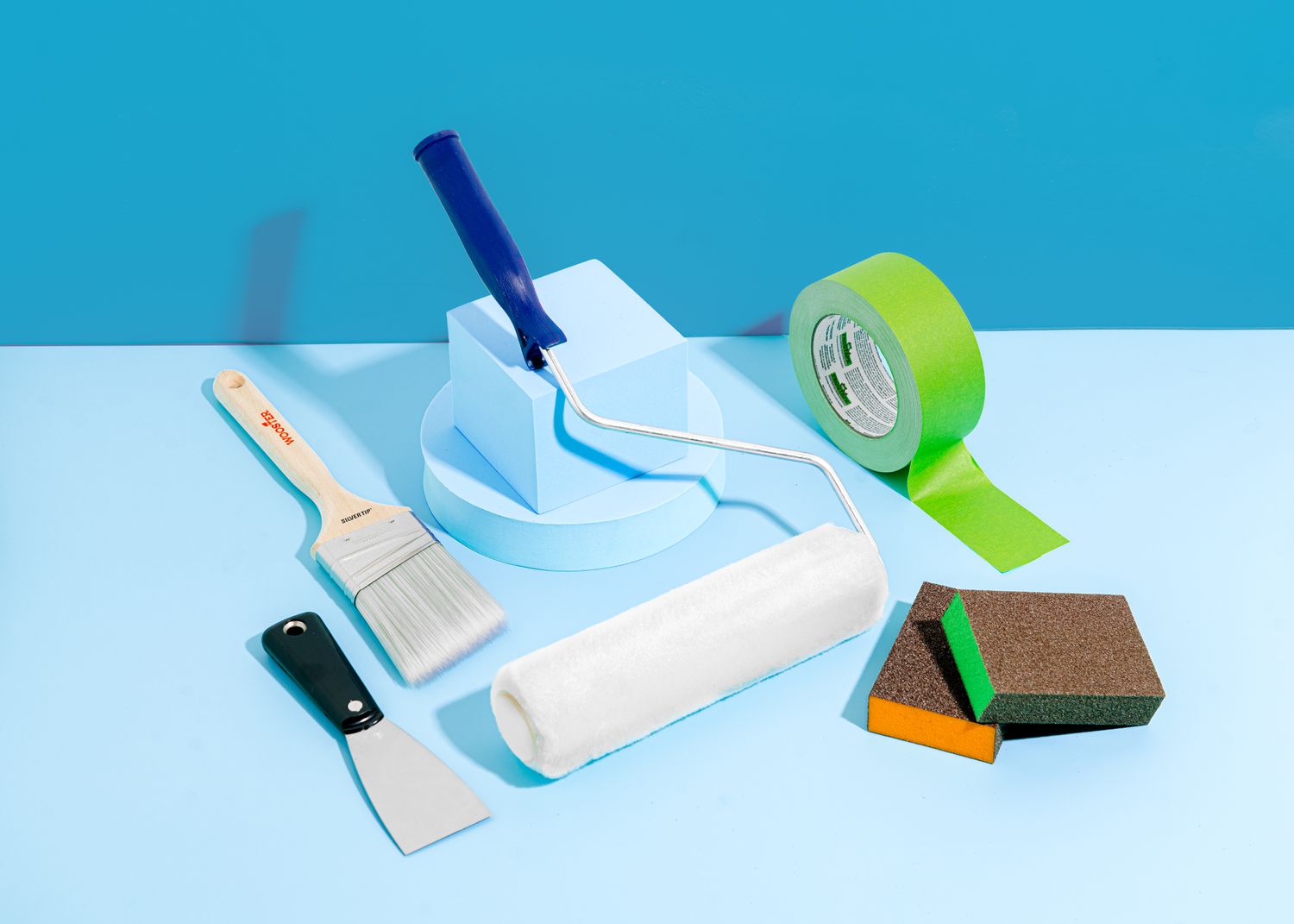
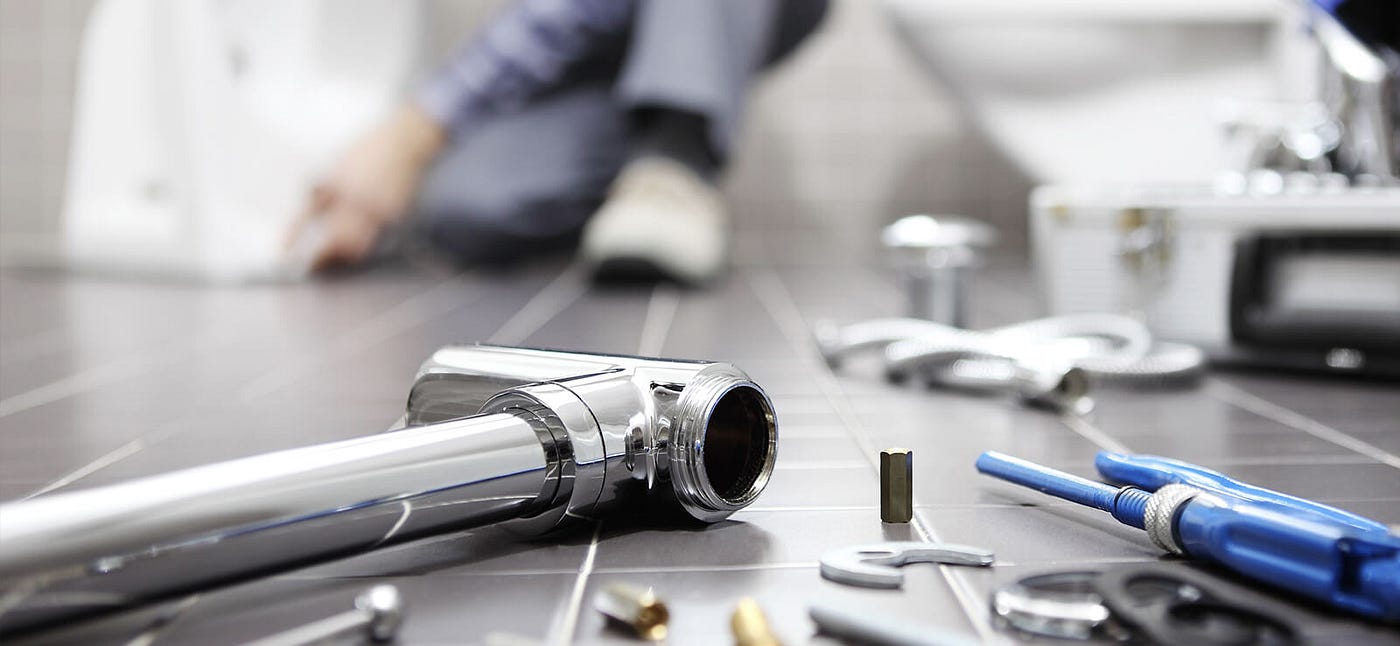

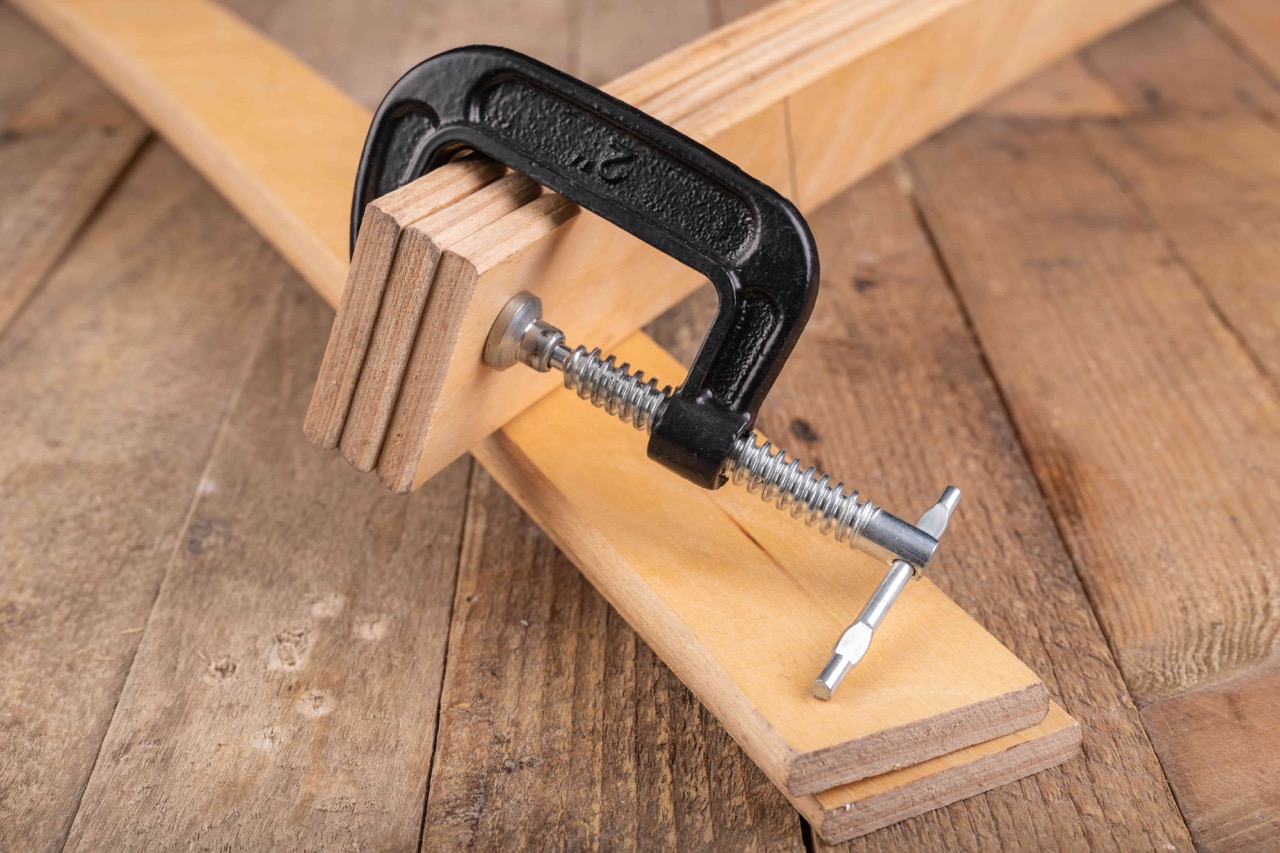
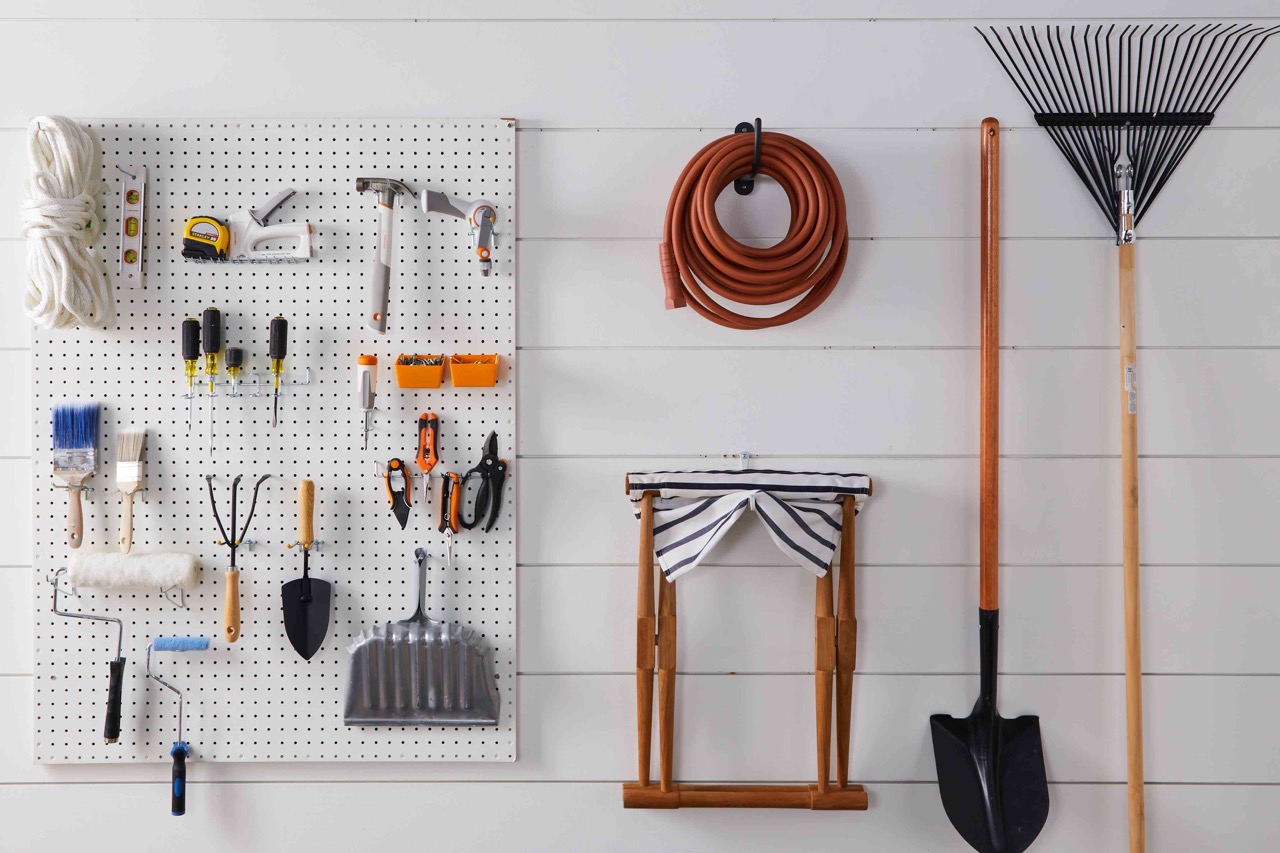
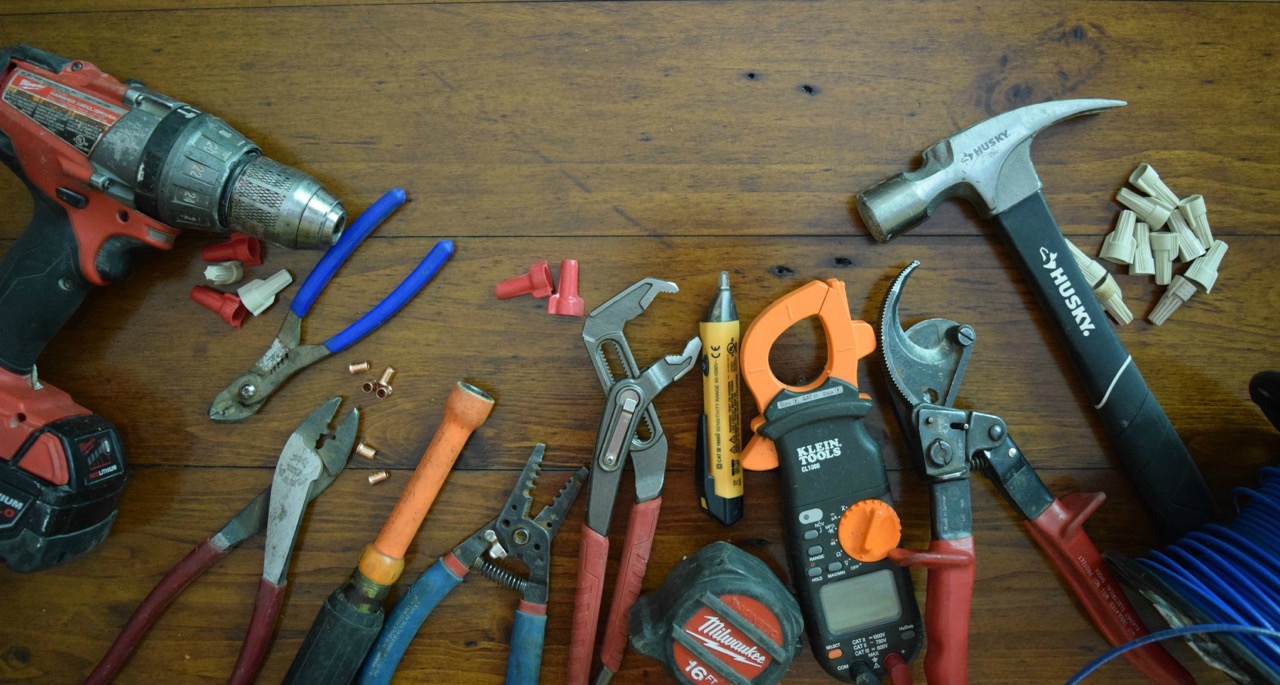
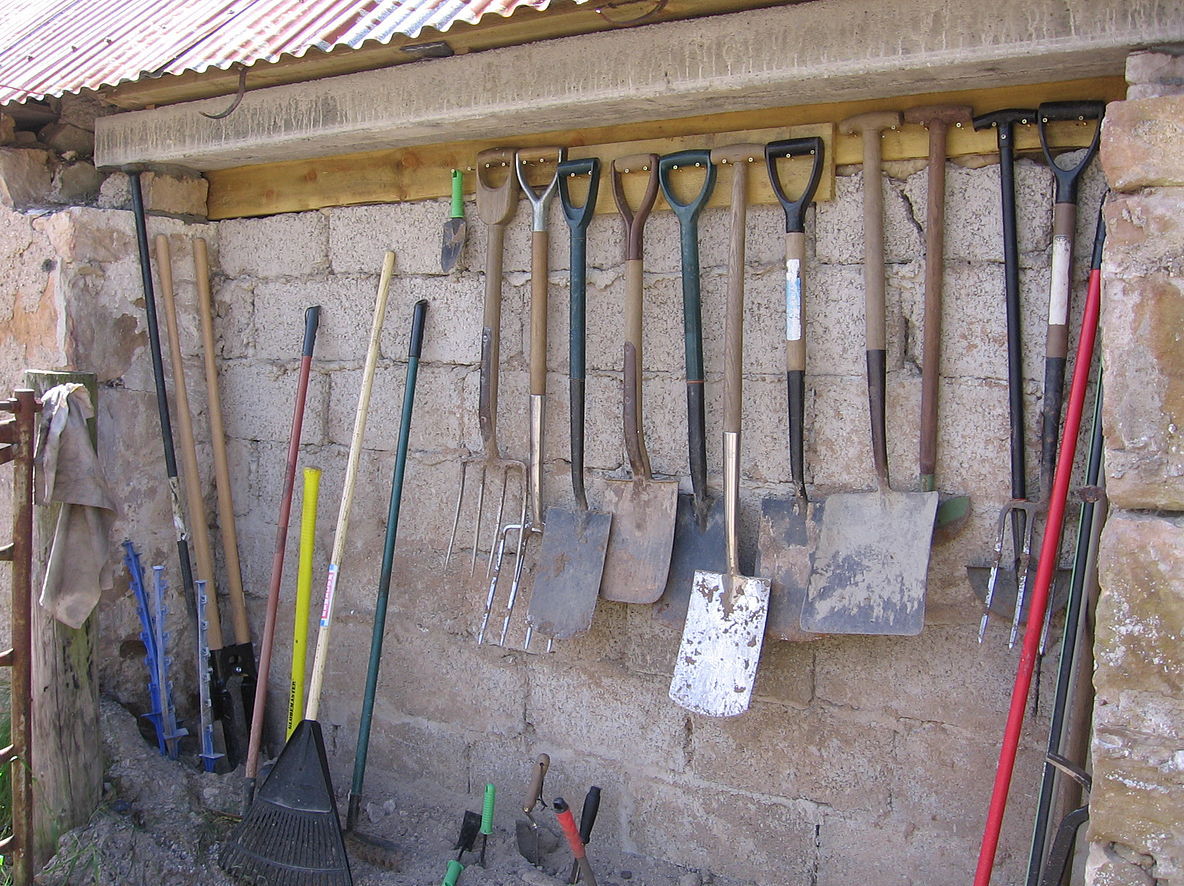
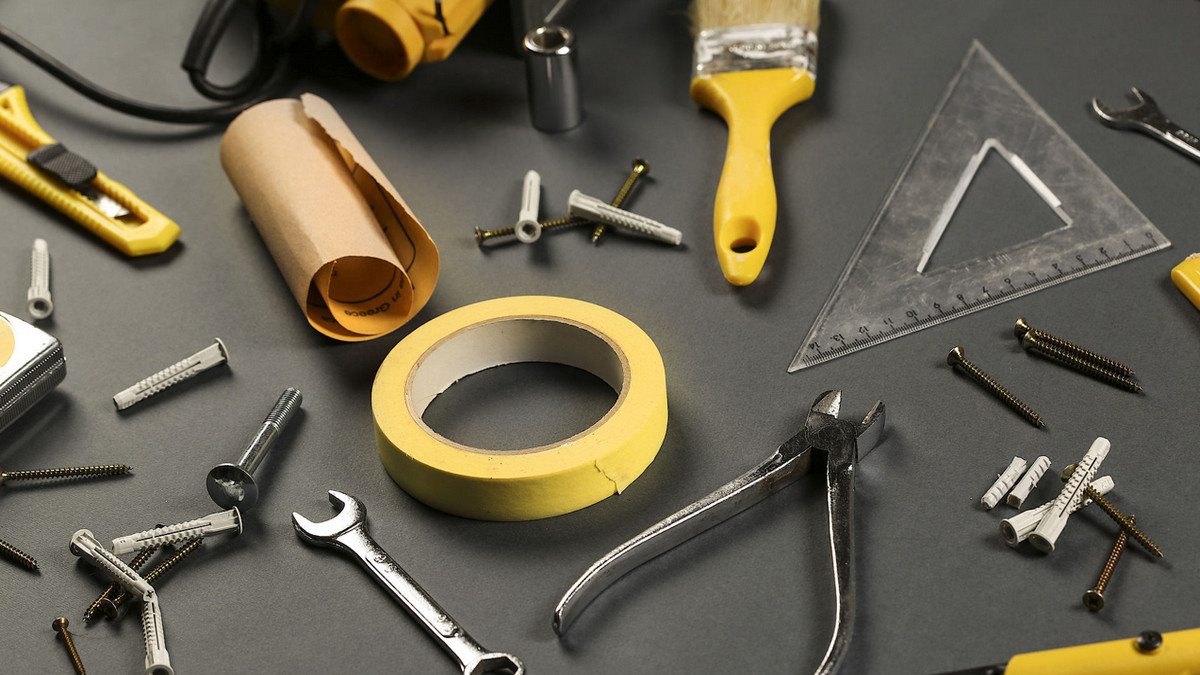
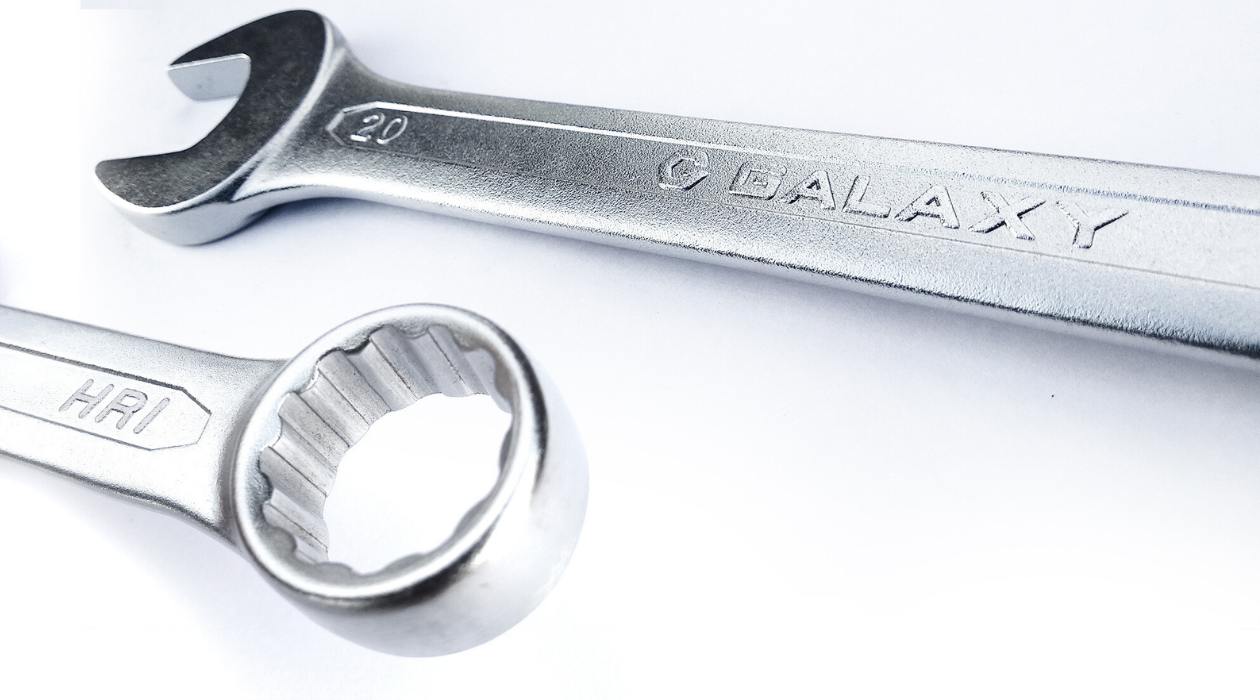

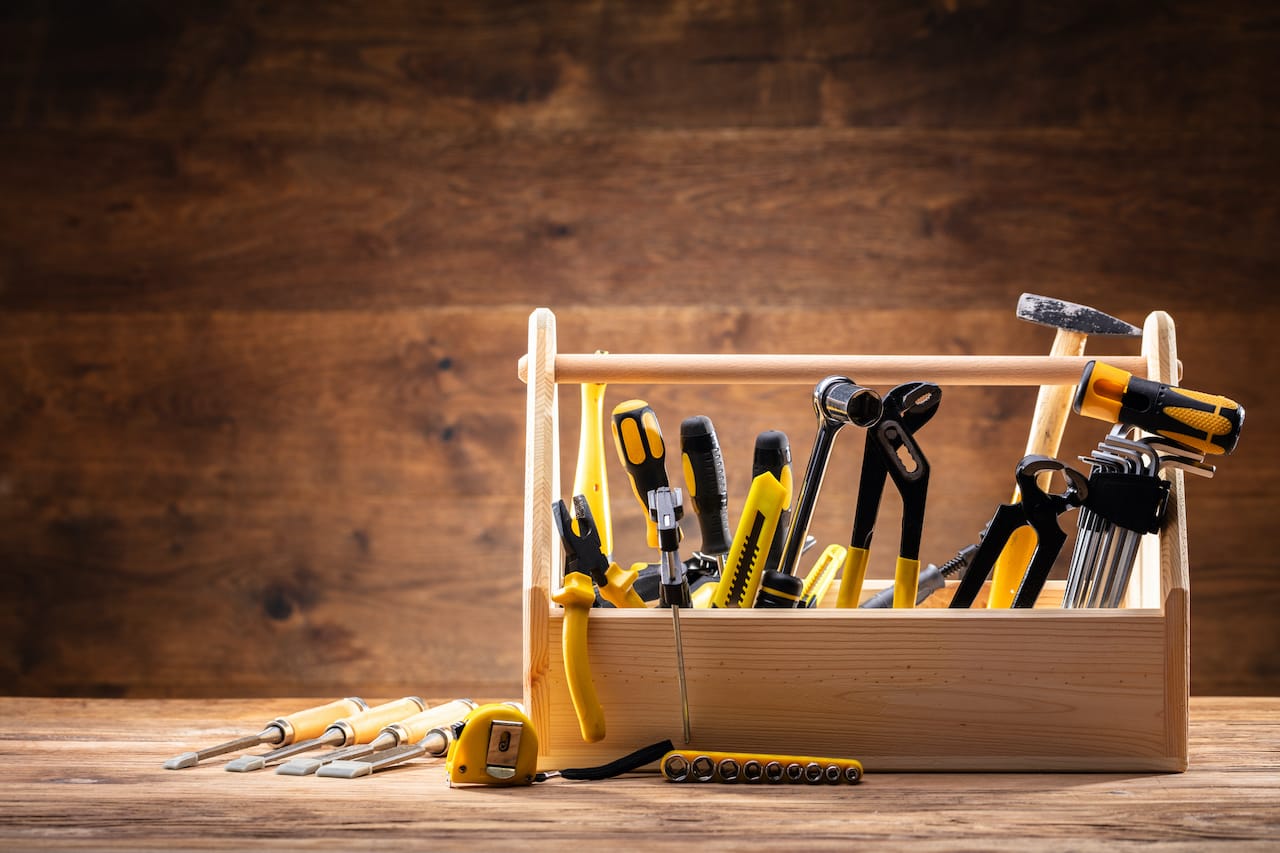
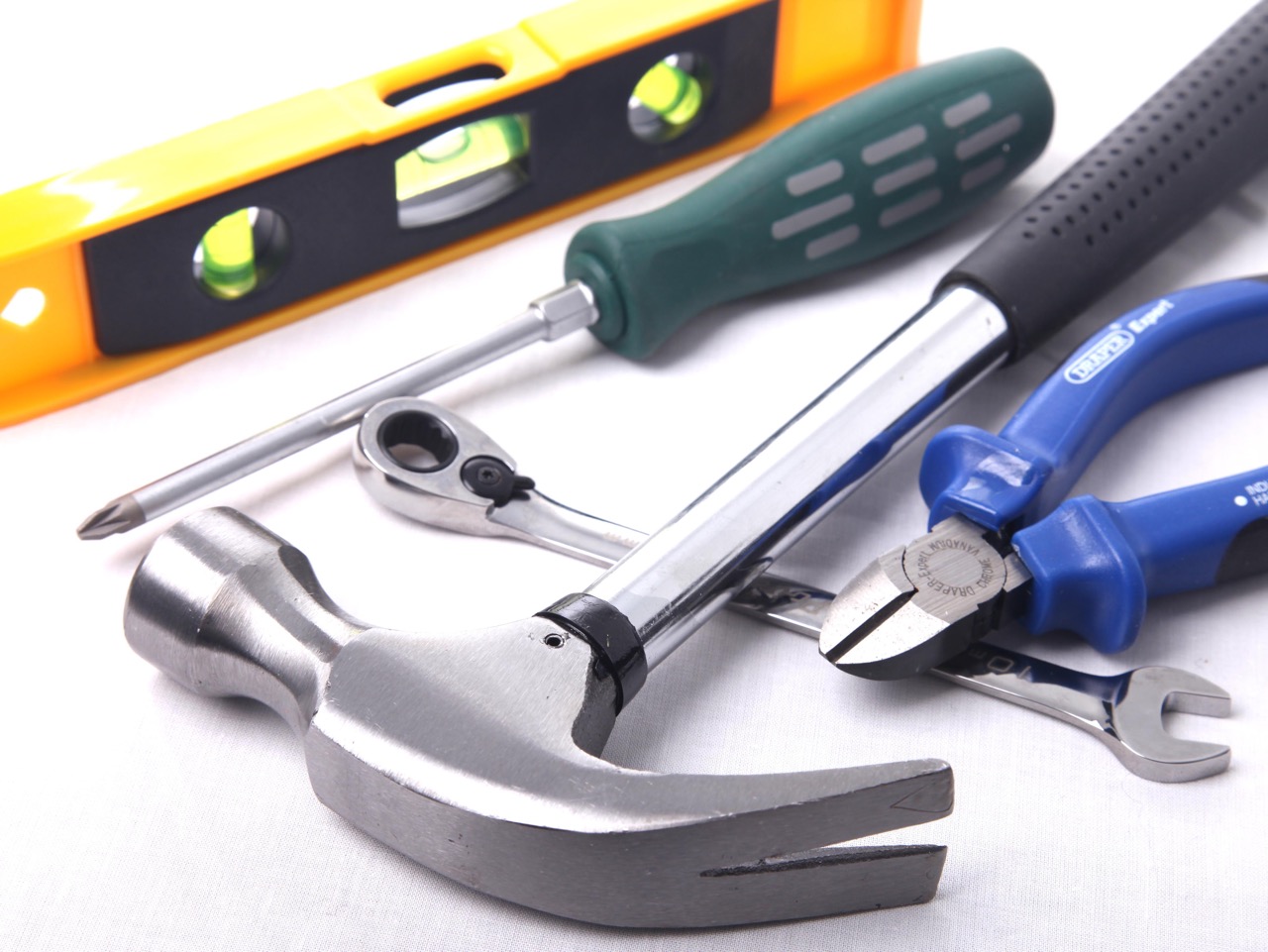
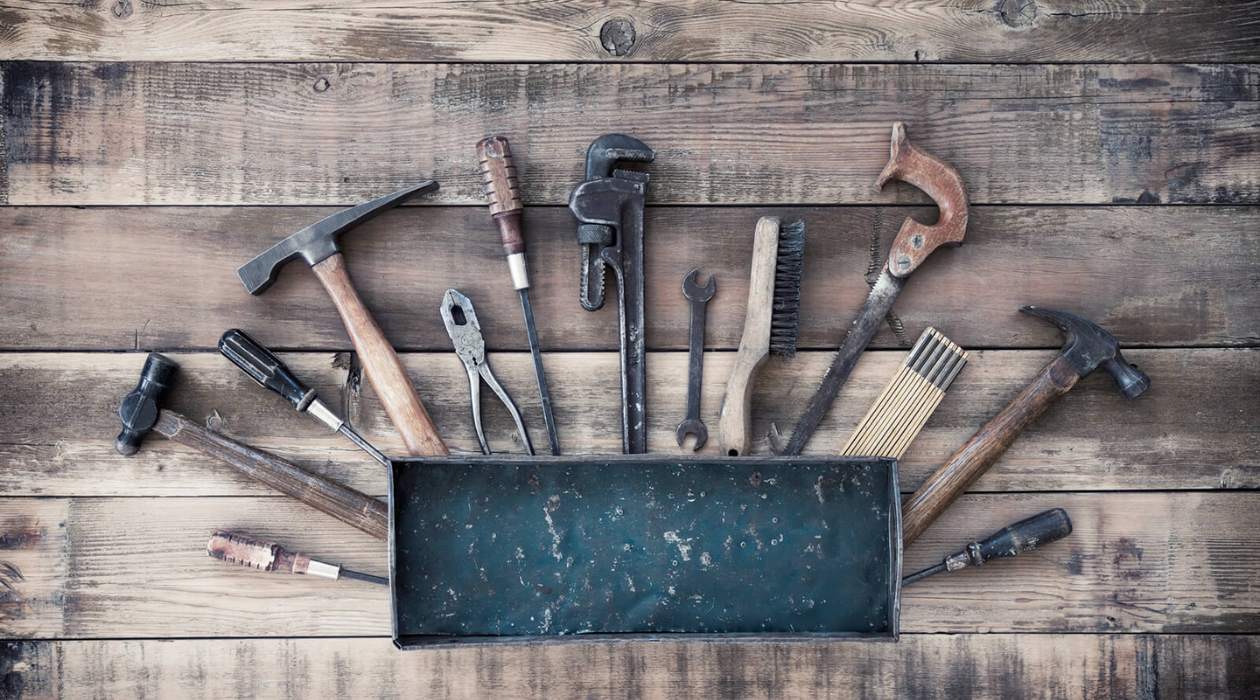
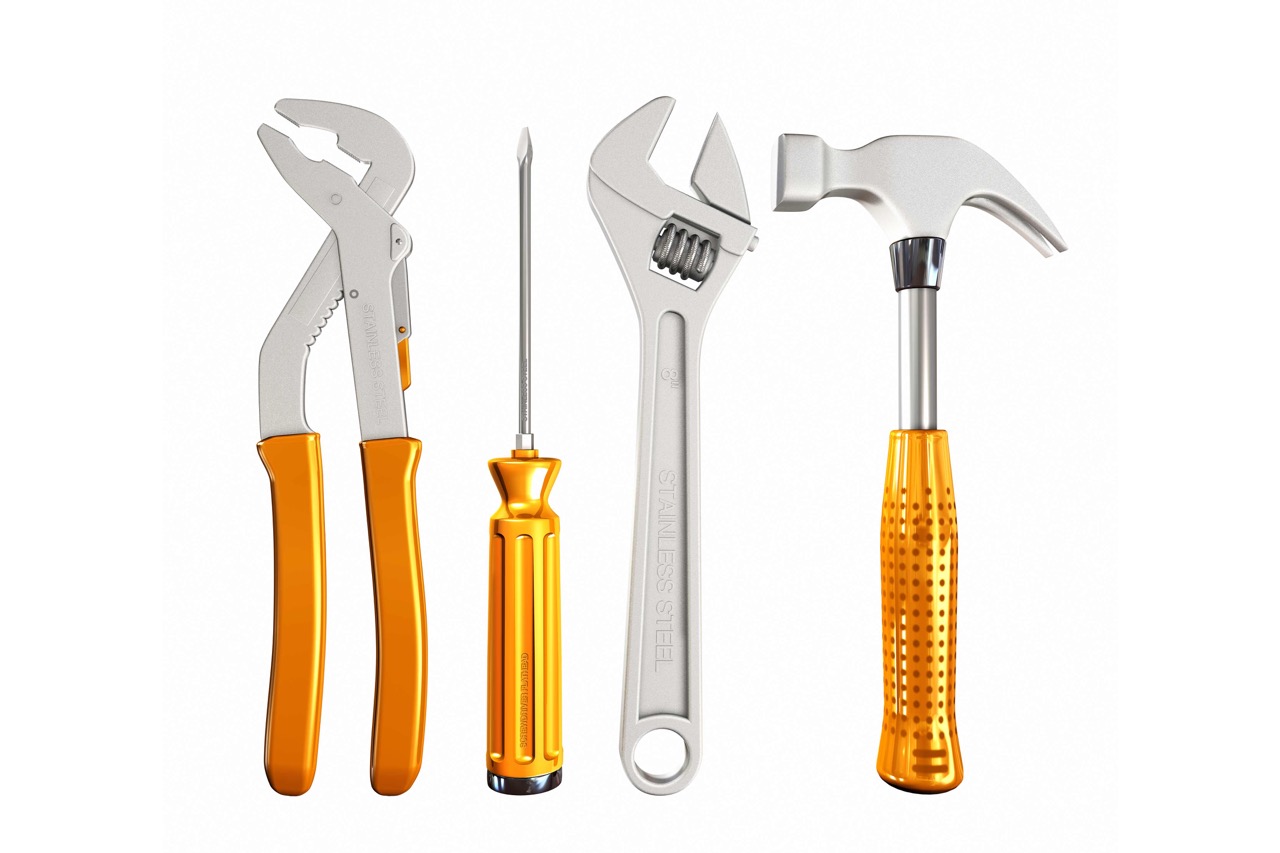

0 thoughts on “How To Learn About Hand Tools”